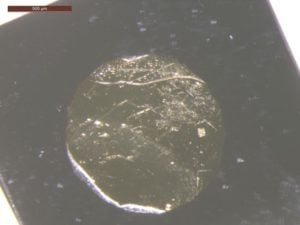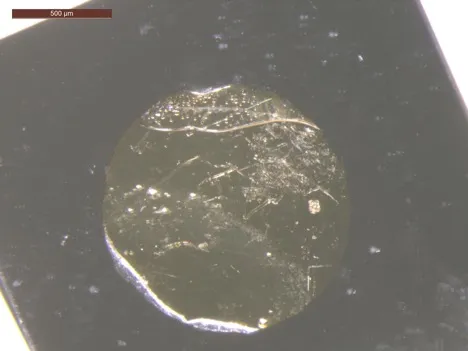A group of Stanford researchers recently published a paper on their first-of-its-kind research that captured water freezing into an alternative form called ice VII (“ice seven”), which is found within other planetary bodies.
The five day long study, which took five months to prepare for, was published in Physical Review Letters, and also explores manipulating the phase change processes of liquids into solids by exposing substances to a variety of conditions.
Arianna Gleason, the lead author in the study, is a visiting scientist in the Extreme Environments Laboratory of Stanford’s School of Earth, Energy & Environmental Sciences and a postdoctoral fellow at Los Alamos National Laboratory.
“[The study] helps us understand how the moon, the icy moons and the planets, actually form,” Gleason said. “We understand how the material, the ice and the water, behave at those really extreme conditions, like high temperature and high pressure.”
This is the first time that researchers have viewed the ice structure form in real time, which they did by using the Linac Coherent Light Source located at SLAC National Accelerator Laboratory, the world’s most powerful X-ray laser and the only one of it’s kind in the U.S.

“The X-rays are the key, they enable the ability to visualize the atomic structure of the ice in an extremely short period of time, a billionth of a second, [so] we can see how the oxygen atoms in the ice are rearranging,” Gleason said.
When the water compacts, a strobing instrument called the X-ray Free Electron Laser shoots a beam of pulses that lasts a quadrillionth of a second. The X-ray laser captured a series of screenshots that displayed the progression of molecular changes, across many images, while the pressurized water crystallized into ice VII within six nanoseconds, or billionths, of a second.
“We are interested in looking at different conditions that might exist in other planets or planetary bodies,” said Wendy Mao, a study senior author who is an associate professor of geological sciences and a Stanford Institute for Materials and Energy Sciences principal investigator. “In order to reach those conditions, you need a higher pressure—so you compress those materials at different temperatures, and at the same time you need to measure what’s going on and how the atoms are changing when they subject H2O to different conditions.”
The research has also opened opportunities to explore life and planet formations, as icy planetary interiors or satellites are connected to the object’s surface, giving insights into these remote environments.
“How life originates on planetary bodies is an open question and our study is a step in that direction,” Gleason said. “Can we conduct an experiment on liquid water? Can we shock liquid water? Can we use tools to explore when liquid water changes phases? The exciting answer to all of these questions is yes, yes, and yes. We can do it, and now we are really poised to take it to be able the next level.”
Contact Kaylee George at kay.r.george ‘at’ gmail.com
